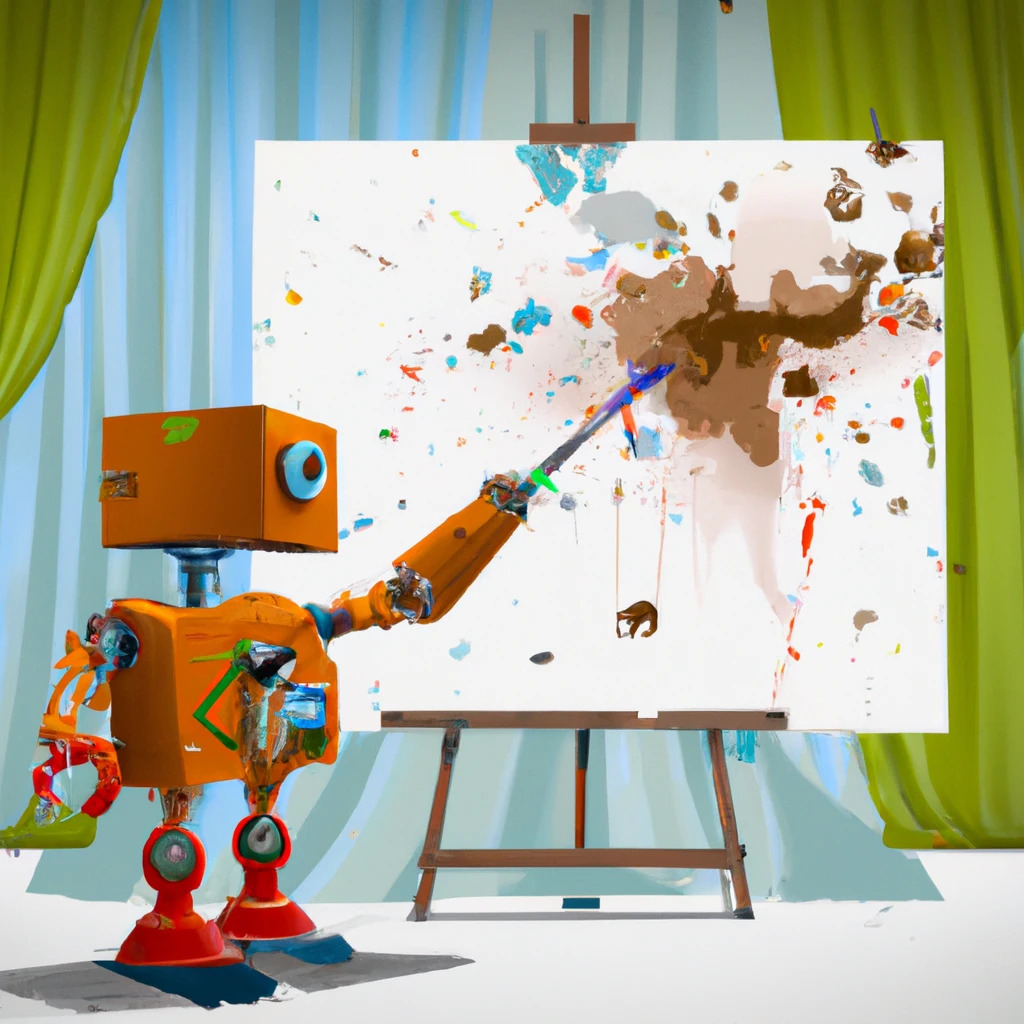In the third edition of The Voice, the article “Service dogs in PV: a growing trend” was written by Artificial Intelligence, also known as AI. The paper conducted a poll on Instagram, and only 31% of participants guessed this was the article written by AI. This brings to light the scary reality emerging: AI is quickly advancing, and it is encroaching upon human artists across multiple mediums.
The article was written with ChatGPT, an online program that can write on almost any prompt. From essays to cooking recipes, this software can satisfy the user’s whim in mere seconds. While most students find this appealing, since it would eliminate the dreaded energy-fueled rush to turn in a paper, it ultimately hurts both the student and society. Students could begin to rely heavily on AI, causing critical thinking skills to deteriorate while society will be robbed of original and creative stories. Unfortunately, the literary world is not the only form of expression under siege by AI.
AI-generated art has gained popularity. Programs like DALL-E 2 and Midjourney allow users to type in prompts which answers are then instantly formed. However, AI is not actually “creating” these images.
“The AI-generated art pulls from other sources. It uses the work of other artists to achieve certain styles, and it takes that from artwork that’s been uploaded to the internet,” art teacher Mr. Libby said.
Artists’ works are being stolen and profited off of without their consent, exploiting their efforts. Artists also fear that if people can buy AI art for cheaper, their art will become obsolete.
“There is a lot of time and effort that goes into creating any piece, and seeing the creative process be overtaken by artificial intelligence is very upsetting,” junior art student Liz Cherry said.
One of the most prominent problems surrounding AI art is the lack of regulation. Currently, people do not need to disclose if they used AI to create an art piece when selling or competing in art contests. This has led to controversies, especially when one AI-generated art piece won the Colorado State Fair Fine Arts Competition.
With the lack of regulation, no one can deny that AI is here to stay. Instead of fighting the inevitable, regulations should be made and enforced to ensure that artists’ livelihoods and intellectual property are protected.
“It should be refined. It shouldn’t steal the creativity property of other artists. It should be a tool, not a solution,” Mr. Libby said.
AI-generated art has the potential to usher in a new relationship between artists and technology. The boundaries of the art world can be pushed, but only with the skills and involvement of human artists.
“AI is going to get bigger and be more in our lives than we think it will be, ” graphic arts teacher Mr. Komp said.
